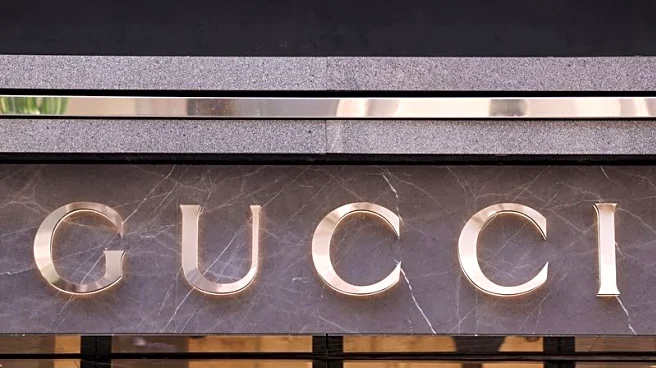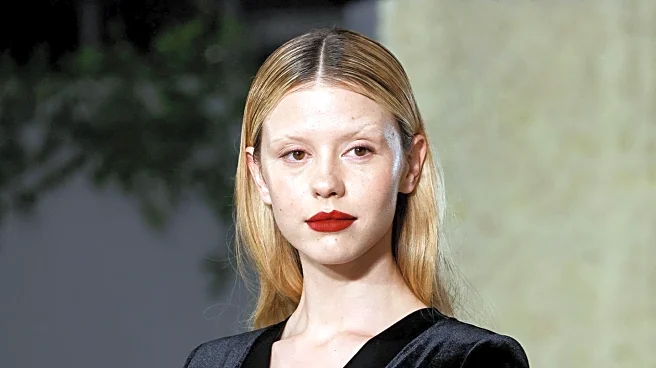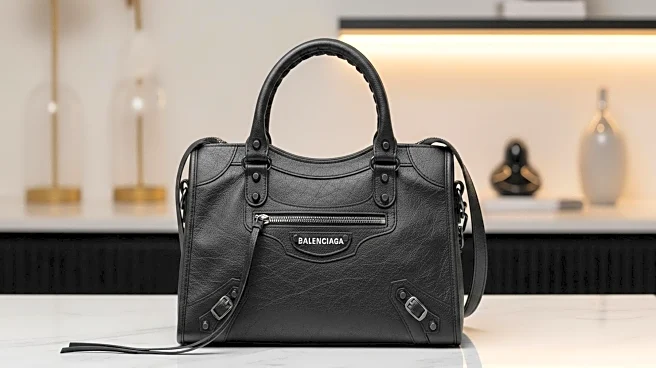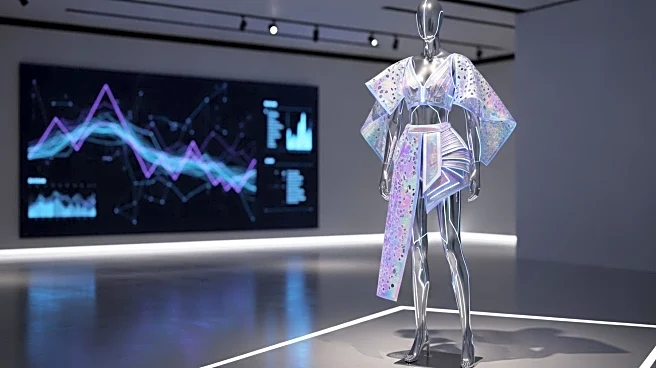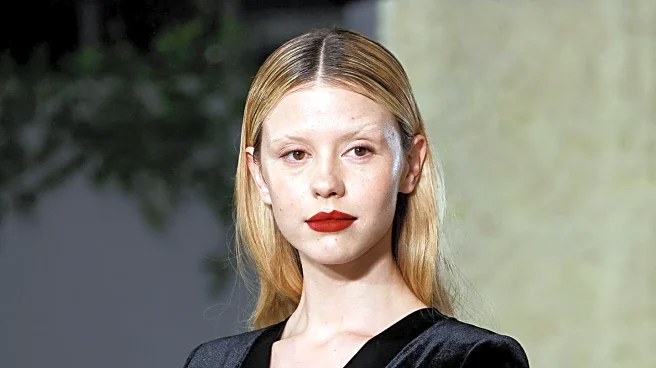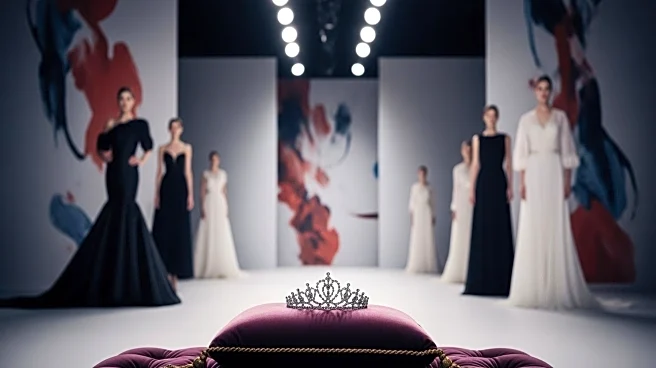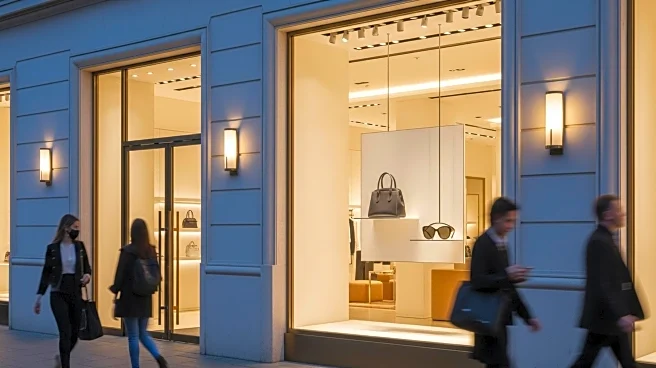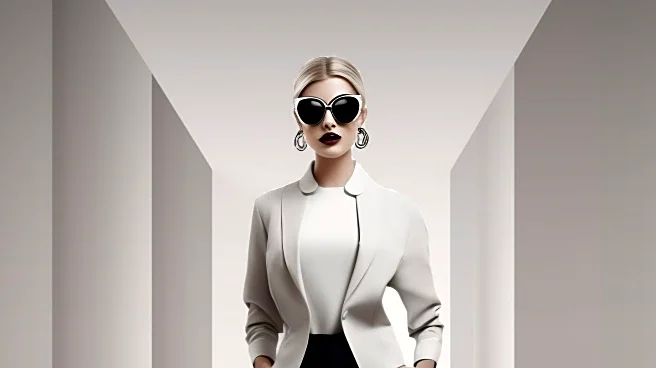What's Happening?
FashionUnited has reported on the emerging street style trends from the spring/summer 2026 Fashion Weeks in major cities like Paris, Milan, London, and New York. These trends are already being adapted into everyday wear, showcasing a variety of styles and influences. Key trends include the revival of the tie as a serious fashion accessory, the dominance of caramel textures, and the resurgence of the argyle check pattern. Additionally, the fashion scene is seeing a shift towards form over function, with clothing that emphasizes silhouette over practicality. Other notable trends include the playful integration of charming trivialities into outfits, the reimagining of the rugby polo shirt, and the bold use of the color red. Sequins, traditionally reserved for evening wear, are now being incorporated into daytime fashion.
Why It's Important?
The adaptation of high fashion trends into street style reflects broader cultural and societal shifts. The revival of the tie and the use of caramel textures suggest a return to classic styles with a modern twist, appealing to those who value tradition with a contemporary edge. The emphasis on silhouette over function indicates a growing appreciation for fashion as an art form, where clothing becomes a medium for personal expression. The playful elements and bold color choices highlight a desire for individuality and creativity in everyday fashion. These trends have the potential to influence retail strategies, consumer behavior, and the fashion industry's focus on sustainability and innovation.
What's Next?
As these trends continue to evolve, fashion retailers and designers may focus on creating versatile pieces that blend high fashion with practicality. The industry might see an increase in collaborations between high-end designers and streetwear brands, aiming to capture the essence of these trends. Consumers can expect to see more accessible versions of these styles in stores, as brands seek to capitalize on the popularity of these looks. Additionally, the integration of playful and bold elements into fashion may encourage more experimental and diverse fashion choices among consumers.
Beyond the Headlines
The current trends also raise questions about the sustainability of fashion, as the industry grapples with the environmental impact of fast fashion. The emphasis on timeless styles like ties and argyle patterns could encourage consumers to invest in quality pieces that last longer, potentially reducing waste. Furthermore, the playful and artistic elements in fashion may inspire a cultural shift towards valuing creativity and individuality over mass-produced trends. This could lead to a more sustainable and ethically conscious fashion industry in the long term.

